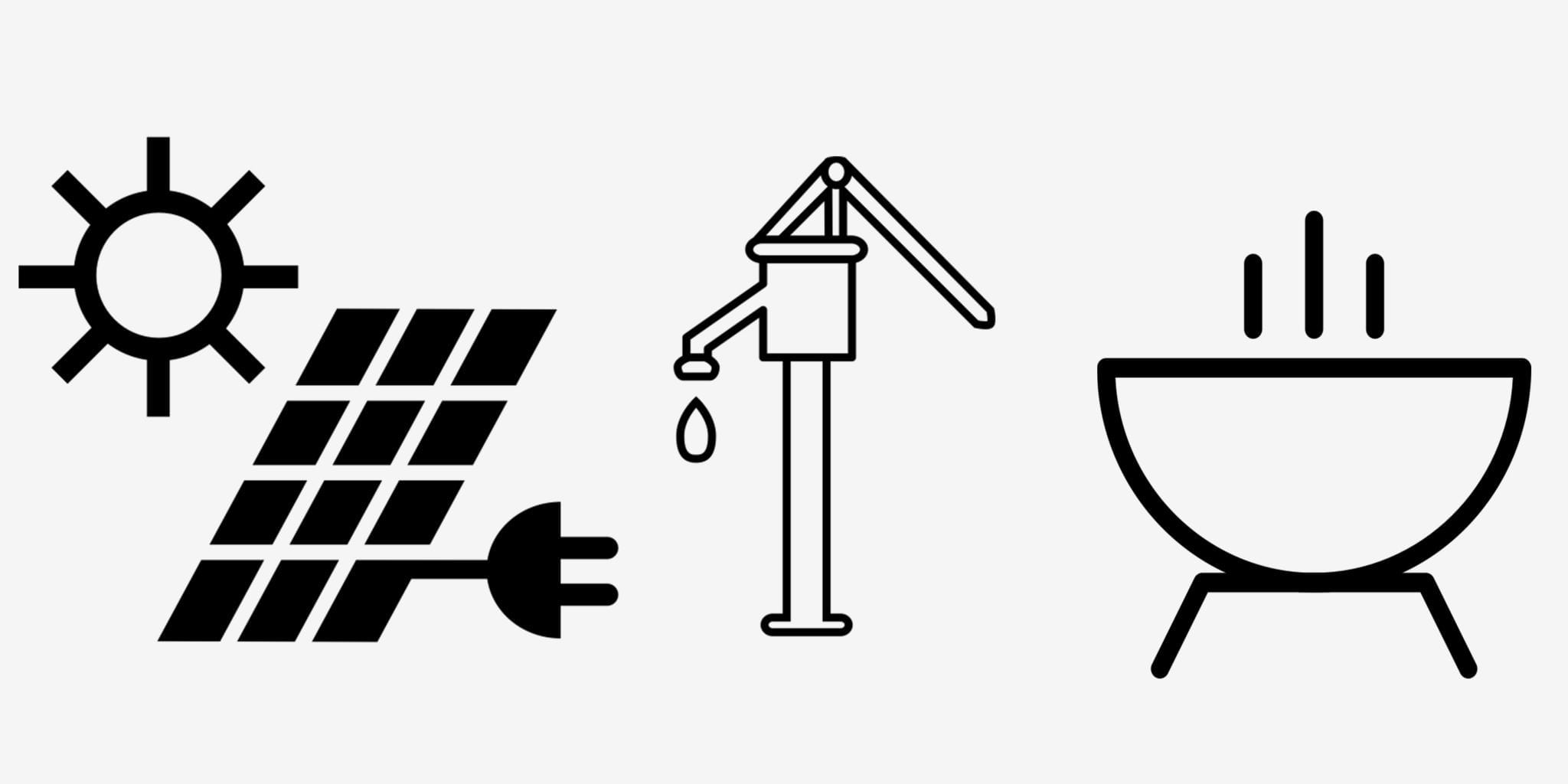This is the tenth and final post in a series of principles based on the textbook Humanitarian Engineering: Creating Technologies that Help People, by Kevin Passino. The series is adapted by the author for Engineering for Change. Download Humanitarian Engineering, 3rd Edition, for free.
Humanitarian engineering should promote social justice. First, it should focus on improving the dignity of each individual you are working with. This includes their living and working conditions, and is facilitated by how you and your team treats them. That means, for example, that you include them in the project to empower them and give them ownership.
Next, humanitarian engineering should promote human rights, such as those listed in the United Nations Universal Declaration on Human Rights. Those include the freedom of expression, in particular for marginalized individuals, to give them voice and participation in the humanitarian engineering project.
Also, humanitarian engineering should promote human fulfillment; sometimes, this comes via reducing human toil so that people are free to pursue their own interests. For example, working with a community to put in a water pump can free the women from the arduous task to carrying water long distances, and hence free up their time so they can pursue a small business that they have expertise in and enjoy.
There are many types of inequality to which you and the community you work with need to pay attention and, if possible, reduce. With respect to humanitarian engineering, a key inequality that needs reduction is that of the differential of technological capacity between the community and a group of visiting engineers. For instance, the engineering team needs to embark on an educational program to teach people how to operate and maintain (repair, replace) the technology that is being deployed. The technological capacity of the visiting team of engineers is of little use to the community after the visitors leave, and if the community does not learn from the engineers, the technology will most certainly fail without proper operation and maintenance. Education on the technical aspects of the project should promote inclusiveness and try to avoid the marginalization of people, both principles of social justice.
Learn more in the other posts in this series linked below.
Humanitarian Engineering Series
Humanitarian Engineering Principle One: Focus on People
Humanitarian Engineering Principle Two: Relate, Listen, Ask, Cooperate, Empower
Humanitarian Engineering Principle Three: Understand Social and Physical Context
Humanitarian Engineering Principle Four: Be a Professional Humanitarian Engineer
Humanitarian Engineering Principle Five: Build Technological Capacity
Humanitarian Engineering Principle Six: Ensure Long-Term Positive Impact
Humanitarian Engineering Principle Seven: Understand Impact from Social Context
Humanitarian Engineering Principle Eight: Design for Sustainability

